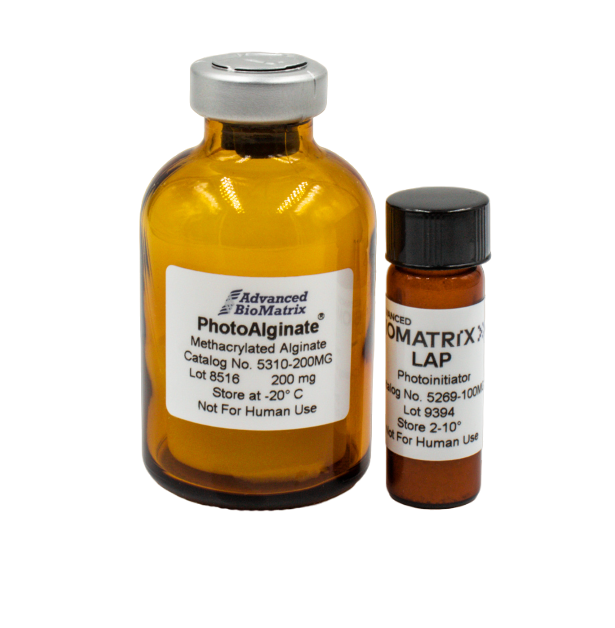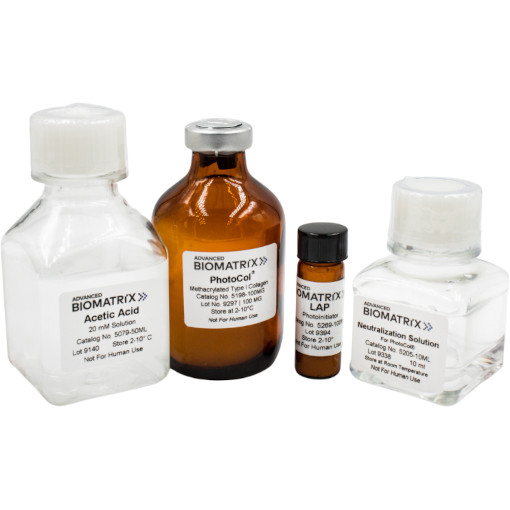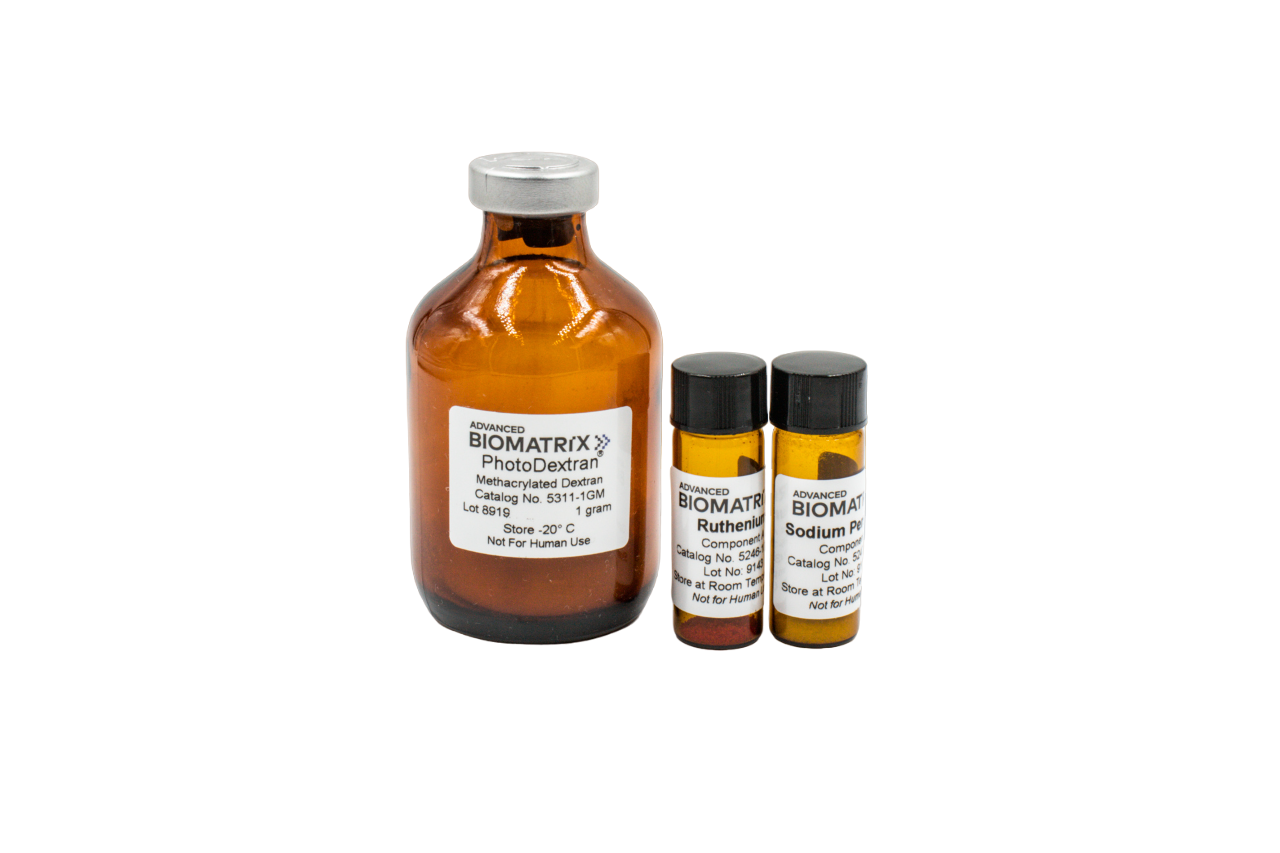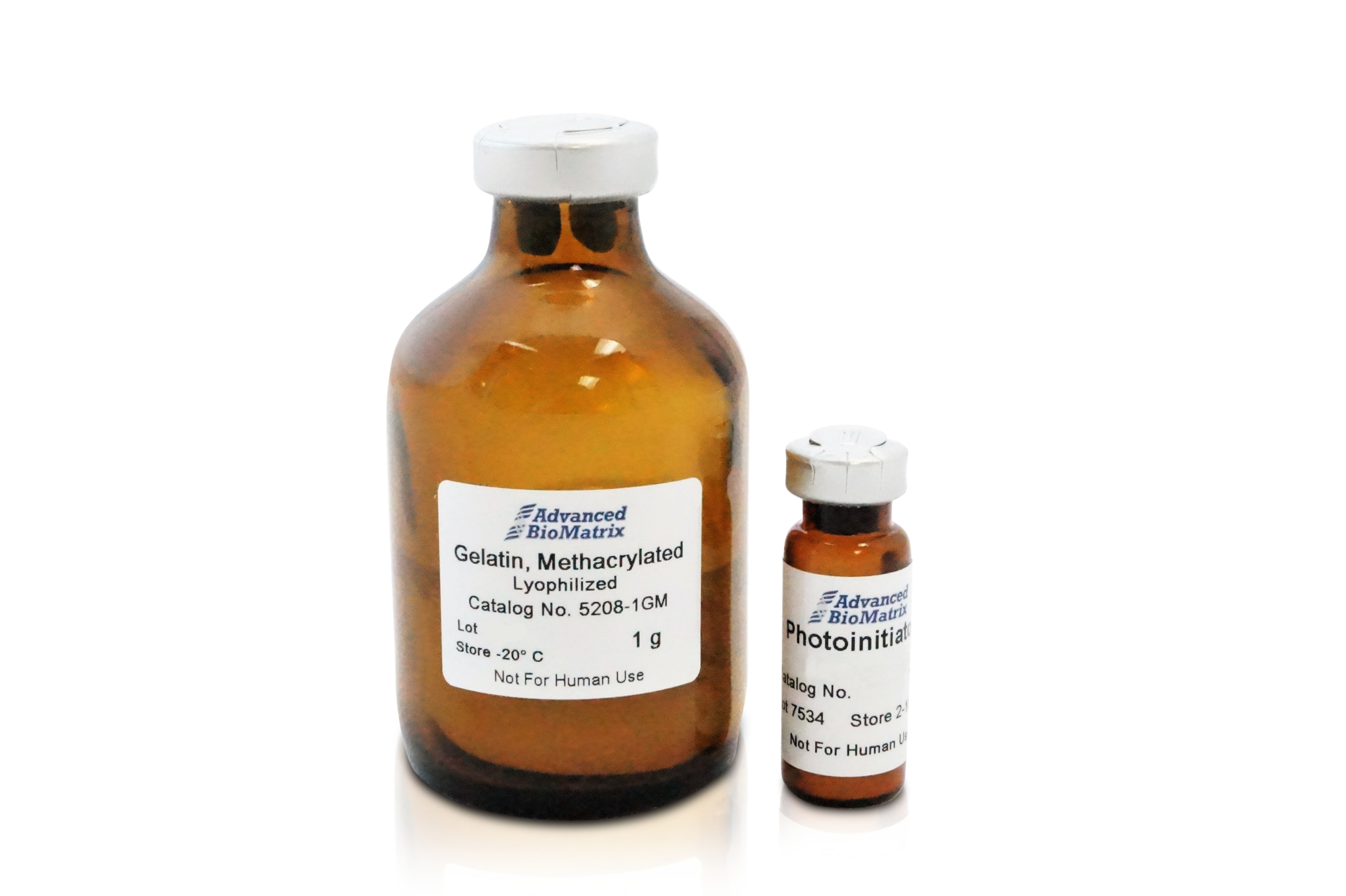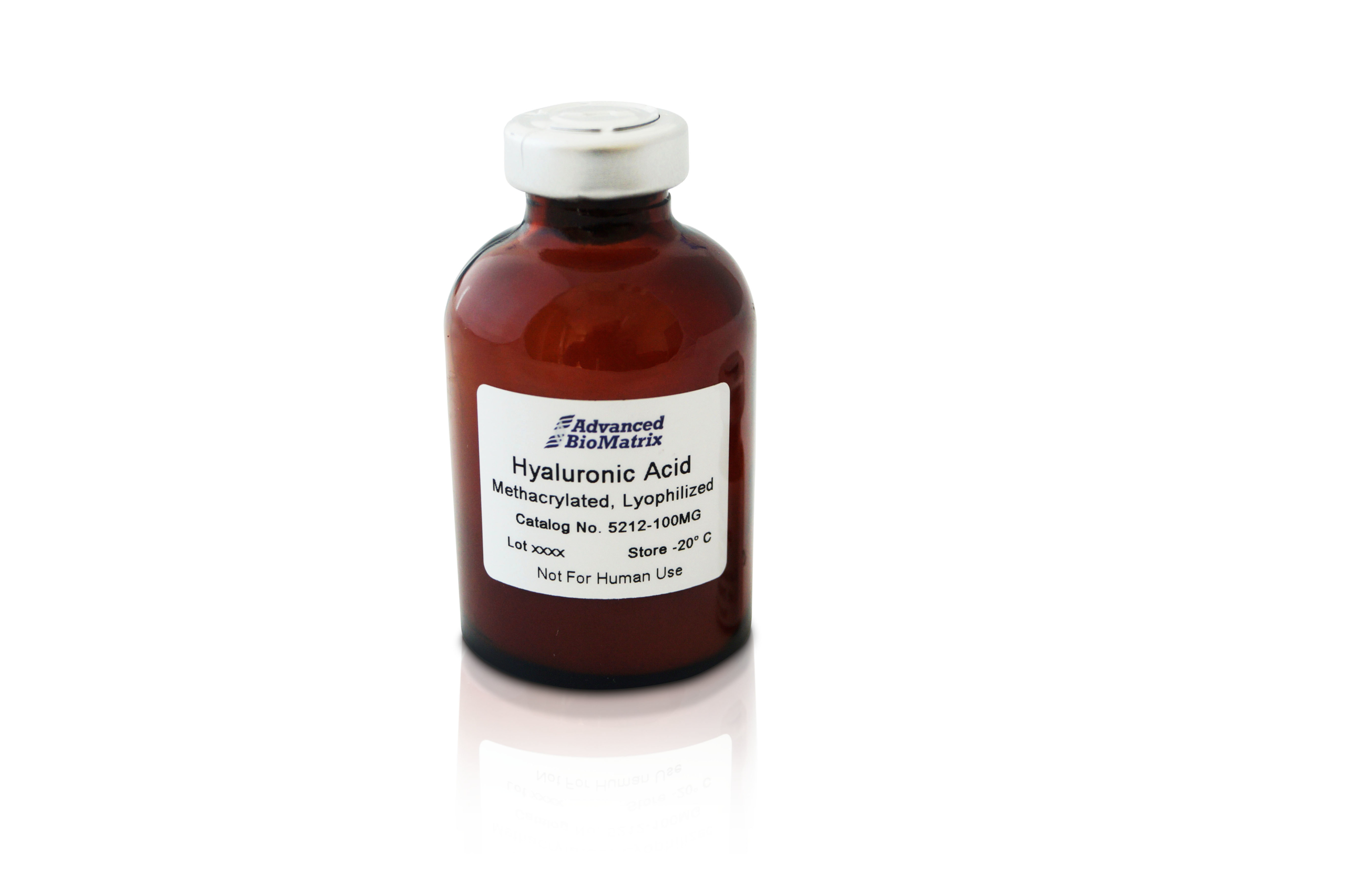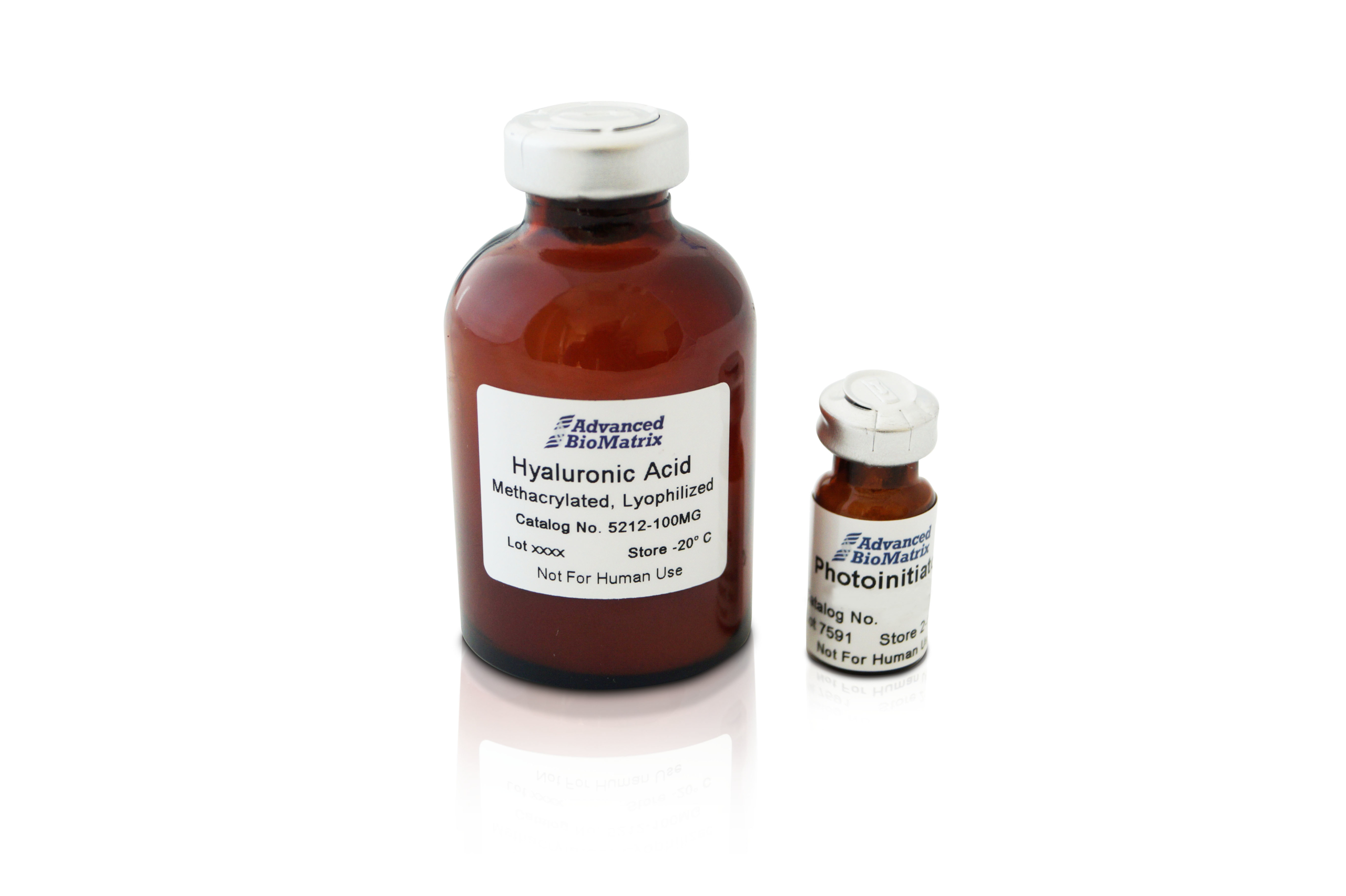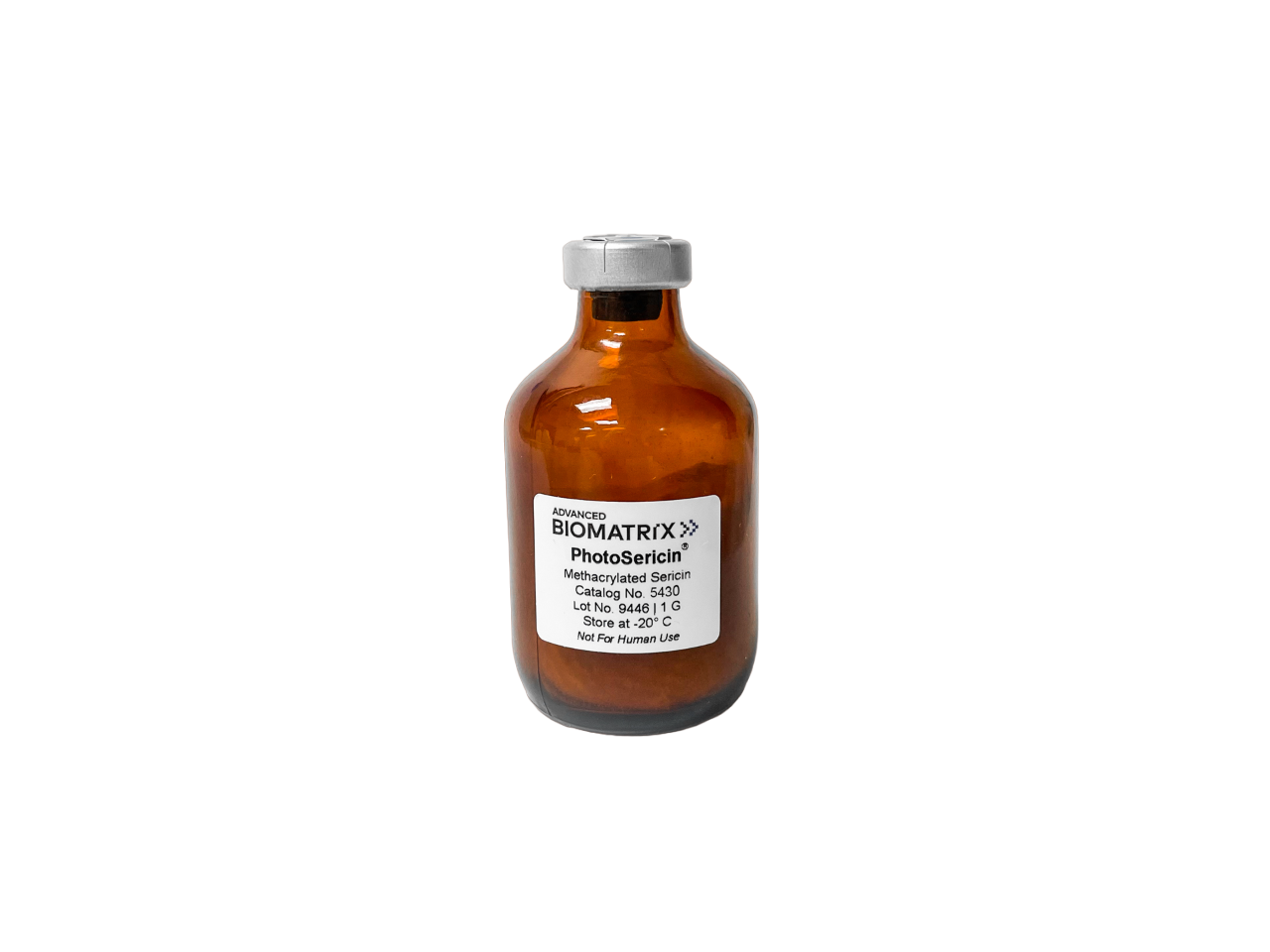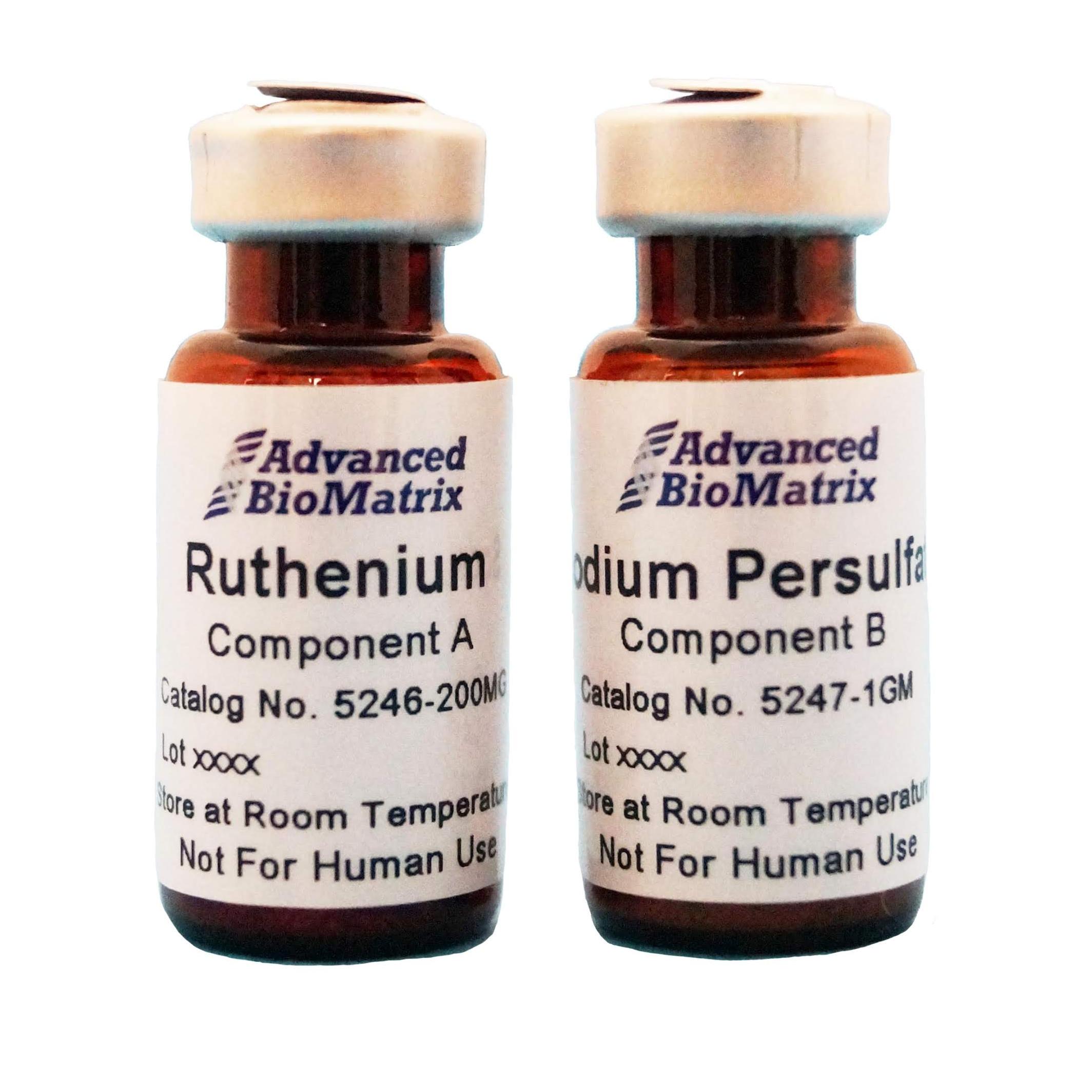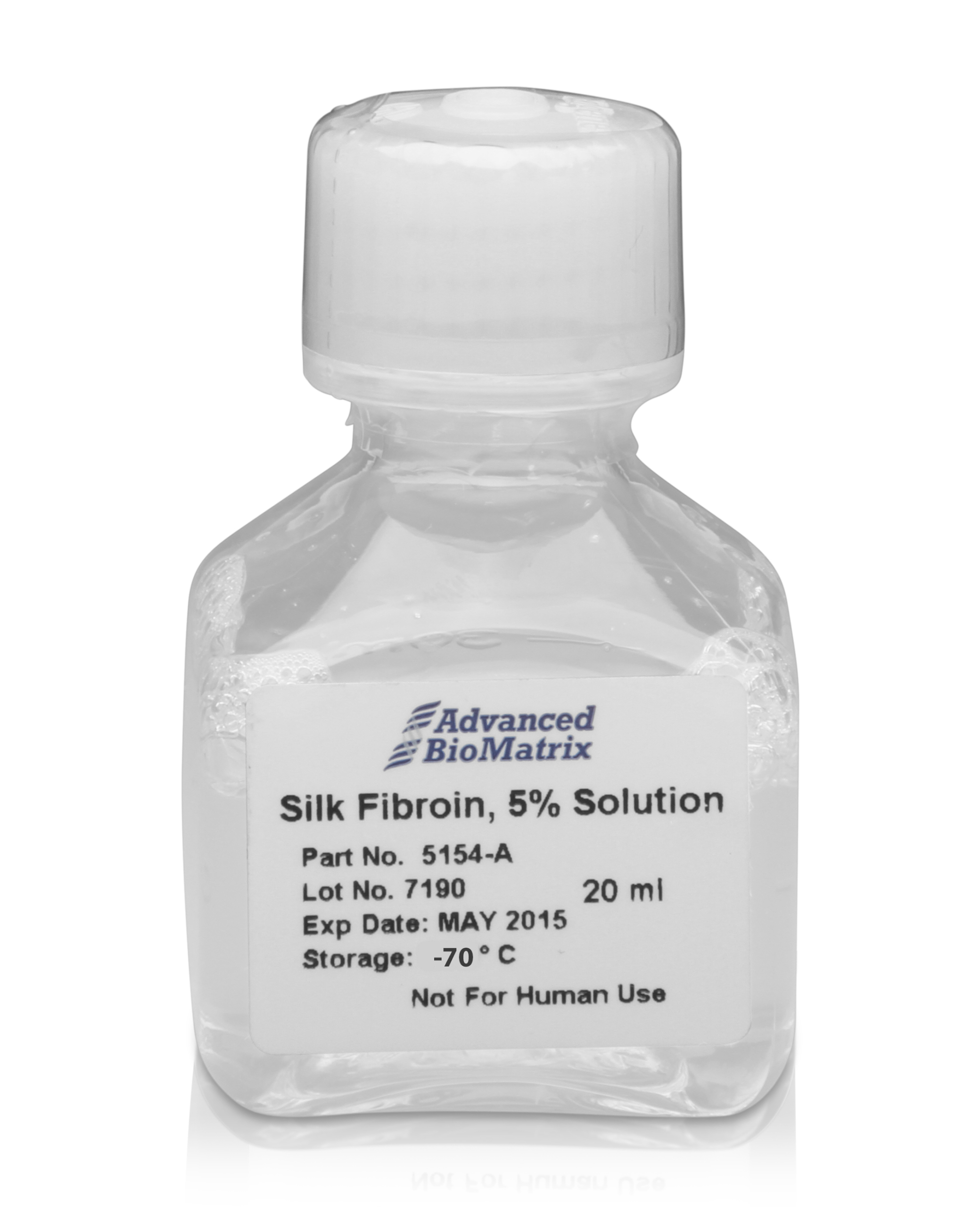Tunable Stiffness
The Role of Matrix Protein Stiffness in Cellular Processes
The tunable stiffness of matrix proteins refers to their ability to modify the mechanical properties of the extracellular matrix (ECM), impacting various cellular processes such as adhesion, migration, and differentiation. Stiffness and rigidity are key parameters influencing cellular behavior and tissue function.
Determinants of Matrix Protein Stiffness: Composition and Organization
The stiffness of matrix proteins is determined by their composition, organization, and interactions within the ECM. For instance, collagen, the most abundant protein in the ECM, provides structural support and imparts tensile strength to tissues. The cross-linking of collagen fibers contributes to the overall stiffness of the matrix. Conversely, elastin, another major ECM protein, endows tissues with elasticity and resilience due to its highly flexible structure.
Understanding Rigidity: Impact on Cellular Responses
Rigidity, on the other hand, refers to the resistance of a material to deformation. Matrix proteins with higher rigidity exhibit greater resistance to mechanical forces, influencing cellular responses. This property is particularly important in tissues subjected to dynamic mechanical environments, such as bone, where the rigidity of the ECM impacts osteoblast differentiation and bone remodeling.
Dynamic Regulation of Matrix Protein Stiffness
Importantly, the stiffness and rigidity of matrix proteins can be dynamically regulated in physiological and pathological conditions. Cells actively sense and respond to changes in matrix stiffness through mechanotransduction mechanisms. Mechanosensitive proteins, such as integrins and focal adhesion complexes, convert mechanical cues from the ECM into biochemical signals, modulating cell behavior accordingly. This process plays a crucial role in processes such as cell migration, proliferation, and stem cell differentiation.
Linking Matrix Stiffness to Cellular Behavior
Furthermore, the tunable stiffness of matrix proteins has significant implications in tissue engineering and regenerative medicine. Researchers can engineer biomaterials with tunable mechanical properties to mimic the native ECM and promote specific cellular responses. By modulating matrix stiffness, it is possible to guide cell fate decisions and tissue regeneration. For example, substrates with stiffness resembling that of brain tissue promote neural differentiation, while stiffer substrates resembling bone tissue favor osteogenic differentiation.
In summary, the tunable stiffness of matrix proteins plays a critical role in regulating cellular behavior and tissue function. Understanding the interplay between stiffness, rigidity, and cellular responses is essential for unraveling mechanobiological processes and engineering biomaterials for various biomedical applications, from tissue regeneration to drug delivery.
As a well-known example the PhotoCol (methacrylated collagen) combines these advantages of vary on the one hand the collagen concentration and on the other hand to increase the stiffness through the use of a Photoinitiators.
The same mechanism is true for: PhotoHA®, PhotoGel®, PhotoDextran®, PhotoAlginate®, PhotoSericin®, and PhotoChitosan®.
As an additional option, we have two different methacrylation degree of our PhotoHA® and PhotoGel® available now:
PhotoHA®-Stiff and PhotoHA®-Soft
PhotoGel® 95% DOM (PhotoGel® 95% DS; Stiff) and PhotoGel® 50% DOM (PhotoGel® 50% DS; Soft)
-
HyStem® Thiol-Modified Hyaluronan Hydrogel Kit
Cat.-Nr: GS1004F
VERSION 2.0 INFORMATION: HyStem Version 1.0 kit components were reconstituted in degassed water resulting in a pH neutral isotonic salt hydrogel.... Read More
-
HyStem® Thiol-Modified Hyaluronan Hydrogel Kit
Cat.-Nr: GS310F
HyStem® Thiol-Modified Hyaluronan Hydrogel Kit is a xeno-free and completely customizable hydrogel for cells. Recommended for applications requiring... Read More
-
HyStem®-C Thiol-Modified Hyaluronan and Gelatin Hydrogel Kit
Cat.-Nr: GS313F
HyStem® C Thiol-Modified Hyaluronan and Gelatin kit provides an excellent starting point for optimizing the matrix for cell culture. HyStem® C... Read More
-
HyStem®-C Thiol-Modified Hyaluronan and Gelatin Hydrogel Kit
Cat.-Nr: GS1005F
VERSION 2.0 INFORMATION: HyStem Version 1.0 kit components were reconstituted in degassed water resulting in a pH neutral isotonic salt hydrogel.... Read More
-
HyStem®-C Thiol-Modified Hyaluronan and Gelatin Hydrogel Kit
Cat.-Nr: GS312F
HyStem® C Thiol-Modified Hyaluronan and Gelatin Hydrogel hydrogels provide an excellent starting point for optimizing the matrix for cell culture.... Read More
-
HyStem®-HP Thiol-Modified Hyaluronan Hydrogel Kit
Cat.-Nr: GS315F
VERSION 2.0 INFORMATION: HyStem Version 1.0 kit components were reconstituted in degassed water resulting in a pH neutral isotonic salt hydrogel.... Read More
-
HyStem®-HP Thiol-Modified Hyaluronan Hydrogel Kit
Cat.-Nr: GS314F
HyStem®-HP Thiol-Modified Hyaluronan Hydrogel Kit is fully chemically-defined and is ideal for cell applications whereby the slow, continuous... Read More
-
HyStem®-HP Thiol-Modified Hyaluronan Hydrogel Kit
Cat.-Nr: GS1006F
VERSION 2.0 INFORMATION: HyStem Version 1.0 kit components were reconstituted in degassed water resulting in a pH neutral isotonic salt hydrogel.... Read More
-
Irgacure - UV Photocrosslinker
Cat.-Nr: 5200-5G
IRGACURE 2959 is a highly efficient non-yellowing radical photoinitiator for the UV curing of systems, such as hydrogels and bioinks. Irgacure is... Read More
-
LAP - Visible Light Photoinitiator
Cat.-Nr: 5269-500MG
LAP is a water soluble, cytocompatible, photoinitiator for use in the polymerization of hydrogels or bioinks. This photoinitator is preferred over... Read More
-
Mebiol® Thermoreversible Hydrogel
Cat.-Nr: 5180-10ML
Mebiol® Thermoreversible Hydrogel is 1 gram of a copolymer of poly(N-isopropylacrylamide) and poly(ethylene glycol) (PNIPAAm-PEG). The defining... Read More
-
PEGDA 3400 MW bulk non-sterile powder
Cat.-Nr: GS700
Polyethylene Glycol Diacrylate (PEGDA) hydrogels are powerful tools for uncovering basic cellular biology because they are considered biologically... Read More
-
PEGDA 3400 MW bulk non-sterile powder
Cat.-Nr: GS705
Polyethylene Glycol Diacrylate (PEGDA) hydrogels are powerful tools for uncovering basic cellular biology because they are considered biologically... Read More
-
PEGDA, 10.000 MW
Cat.-Nr: 5340-1GM
Polyethylene Glycol Diacrylate (PEGDA) is a blank slate hydrogel that gels rapidly at room temperature in the presence of a photoinitiator and light.... Read More
-
PEGDA, 1000 MW
Cat.-Nr: 5337-1GM
Polyethylene Glycol Diacrylate (PEGDA) is a blank slate hydrogel that gels rapidly at room temperature in the presence of a photoinitiator and light.... Read More
-
PEGDA, 20.000 MW
Cat.-Nr: 5341-1GM
Polyethylene Glycol Diacrylate (PEGDA) is a blank slate hydrogel that gels rapidly at room temperature in the presence of a photoinitiator and light.... Read More
-
PEGDA, 6000 MW
Cat.-Nr: 5339-1GM
Polyethylene Glycol Diacrylate (PEGDA) is a blank slate hydrogel that gels rapidly at room temperature in the presence of a photoinitiator and light.... Read More
-
PhotoAlginate® Methacrylated Alginate
Cat.-Nr: 5310-200MG
PhotoAlginate® is a sterile, lyophilized, methacrylated alginate. It creates 3D hydrogels that can be prepared at multiple concentrations and... Read More
-
PhotoAlginate® with Ruthenium kit
Cat.-Nr: 5355-1KIT
PhotoAlginate® is a sterile, lyophilized, methacrylated alginate. It creates 3D hydrogels that can be prepared at multiple concentrations and... Read More
-
PhotoAlginate® with with LAP kit
Cat.-Nr: 5354-1KIT
PhotoAlginate® is a sterile, lyophilized, methacrylated alginate. It creates 3D hydrogels that can be prepared at multiple concentrations and... Read More
-
PhotoAlginate®-Irgacure, Methacrylated Alginate with Irgacure Kit
Cat.-Nr: 5353-1KIT
PhotoAlginate® is a sterile, lyophilized, methacrylated alginate. It creates 3D hydrogels that can be prepared at multiple concentrations and... Read More
-
PhotoChitosan®-Irgacure, Methacrylated Chitosan with Irgacure Kit
Cat.-Nr: 5443-1KIT
PhotoChitosan® is a purified and lyophilized methacrylated chitosan powder for photocrosslinkable hydrogels. PhotoChitosan® is a highly versatile... Read More
-
PhotoChitosan®-LAP, Methacrylated Chitosan with LAP Kit
Cat.-Nr: 5441-1KIT
PhotoChitosan® is a purified and lyophilized methacrylated chitosan powder for photocrosslinkable hydrogels. PhotoChitosan® is a highly versatile... Read More
-
PhotoChitosan®-RUT, Methacrylated Chitosan with Ruthenium Kit
Cat.-Nr: 5442-1KIT
PhotoChitosan® is a purified and lyophilized methacrylated chitosan powder for photocrosslinkable hydrogels. PhotoChitosan® is a highly versatile... Read More
-
PhotoChitosan®, Methacrylated Chitosan (Chitosan only)
Cat.-Nr: 5428-100MG
PhotoChitosan® is a purified and lyophilized methacrylated chitosan powder for photocrosslinkable hydrogels. PhotoChitosan® is a highly versatile... Read More
-
PhotoCol®-IRG, Methacrylated Type I Collagen Kit
Cat.-Nr: 5201-1KIT
PhotoCol®-IRG is a methacrylated Type I collagen kit. These 3D collagen gels can be prepared at various concentrations and photocrosslinked (365nm)... Read More
-
PhotoCol®-LAP, Methacrylated Collagen with LAP Kit
Cat.-Nr: 5270-1KIT
PhotoCol®-LAP is a methacrylated Type I collagen kit.These 3D collagen gels can be prepared at various concentrations and photocrosslinked (405nm)... Read More
-
PhotoCol®-RUT, Methacrylated Collagen with Ruthenium Kit
Cat.-Nr: 5271-1KIT
PhotoCol® Methacrylated Collagen is a photocrosslinkable type I collagen for 3D cell culture and bioprinting. As the most abundant protein in the... Read More
-
PhotoDextran®-Irgacure, Methacrylated Dextran with Irgacure Kit
Cat.-Nr: 5331-1KIT
PhotoDextran® is 1 gram of lyophilized methacrylated dextran. PhotoDextran® provides 3D hydrogels that can be prepared at multiple concentrations... Read More
-
PhotoDextran®-LAP, methacrylated Dextran with LAP Kit
Cat.-Nr: 5332-1KIT
PhotoDextran® is 1 gram of lyophilized methacrylated dextran. PhotoDextran® provides 3D hydrogels that can be prepared at multiple concentrations... Read More
-
PhotoDextran®-RUT, methacrylated Dextran with Ruthenium Kit
Cat.-Nr: 5333-1KIT
PhotoDextran® is 1 gram of lyophilized methacrylated dextran. PhotoDextran® provides 3D hydrogels that can be prepared at multiple concentrations... Read More
-
PhotoDextran®, Methacrylated Dextran (Dextran only)
Cat.-Nr: 5311-1GM
PhotoDextran® is 1 gram of lyophilized methacrylated dextran. PhotoDextran® provides 3D hydrogels that can be prepared at multiple concentrations... Read More
-
PhotoGel® UV - Methacrylated Gelatin Kit
Cat.-Nr: 5215-1KIT
NEW name: PhotoGel® 95% DS with Irgacure Kit PhotoGel®-IRG is a methacrylated gelatin kit. These 3D gelatin hydrogels can be prepared at various... Read More
-
PhotoGel®-LAP, Methacrylated Gelatin with LAP Kit
Cat.-Nr: 5272-1KIT
NEW name: PhotoGel® 95% DS with LAP Kit PhotoGel®-LAP is a methacrylated gelatin kit. These 3D gelatin hydrogels can be prepared at various... Read More
-
PhotoGel®-RUT, Methacrylated Gelatin with Ruthenium Kit
Cat.-Nr: 5273-1KIT
NEW name: PhotoGel® 95% DS with Ruthenium Kit PhotoGel®-RUT is a methacrylated gelatin kit. These 3D gelatin hydrogels can be prepared at... Read More
-
PhotoHA®-LAP, Methacrylated Hyaluronic Acid with LAP Kit
Cat.-Nr: 5274-1KIT
NEW name: PhotoHA®-Stiff with LAP Kit PhotoHA®-LAP is a methacrylated hyaluronic acid (HAMA) kit. These 3D hyaluronic acid hydrogels can be... Read More
-
PhotoHA®-RUT, Methacrylated Hyaluronic Acid with Ruthenium Kit
Cat.-Nr: 5275-1KIT
NEW name: PhotoHA®-Stiff with Ruthenium Kit PhotoHA®-RUT is a methacrylated hyaluronic acid (HAMA) kit. These 3D hyaluronic acid hydrogels can... Read More
-
PhotoHA®-Soft Methacrylated Hyaluronic Acid (GM-HA)
Cat.-Nr: 5388-100MG
PhotoHA® is 100 mg of lyophilized methacrylated hyaluronic acid (GM-HA). PhotoHA® provides 3D hyaluronic acid hydrogels with the unique... Read More
-
PhotoHA®, Methacrylated Hyaluronic Acid (HA Only)
Cat.-Nr: 5212-100MG
NEW name: PhotoHA®-Stiff Advanced BioMatrix offers PhotoHA®, a methacrylated hyaluronic acid (HAMA) for photocrosslinkable hydrogels. These... Read More
-
PhotoHA®UV -Methacrylated Hyaluronic Acid Kit
Cat.-Nr: 5220-1KIT
NEW name: PhotoHA®-Stiff with Irgacure Kit PhotoHA®-IRG is a methacrylated hyaluronic acid (HAMA) kit. These 3D hyaluronic acid hydrogels can be... Read More
-
PhotoSericin®-LAP, Methacrylated Sericin with LAP Kit
Cat.-Nr: 5431-1KIT
PhotoSericin® is a purified and lyophilized methacrylated sericin powder for photocrosslinkable hydrogels. PhotoSericin® is a highly versatile... Read More
-
PhotoSericin®-RUT, Methacrylated Sericin with Ruthenium Kit
Cat.-Nr: 5432-1KIT
PhotoSericin® is a purified and lyophilized methacrylated sericin powder for photocrosslinkable hydrogels. PhotoSericin® is a highly versatile... Read More
-
PhotoSericin®, Methacrylated Sericin (Sericin only)
Cat.-Nr: 5430-1GM
PhotoSericin® is a purified and lyophilized methacrylated sericin powder for photocrosslinkable hydrogels. PhotoSericin® is a highly versatile... Read More
-
Ruthenium Visible Light Photocrosslinking Kit
Cat.-Nr: 5248-1KIT
The Ruthenium visible light photocrosslinking kit is ideal for tissue engineering, cell culture, and bioprinting, where tuning the mechanical... Read More
-
Silk Fibroin Solution, 50 mg/ml
Cat.-Nr: 5154-20ML
Advanced BioMatrix’s silk solution is approximately 50 mg/mL (5% W/V) of solubilized protein with a molecular weight of approximately 100k Da,... Read More









